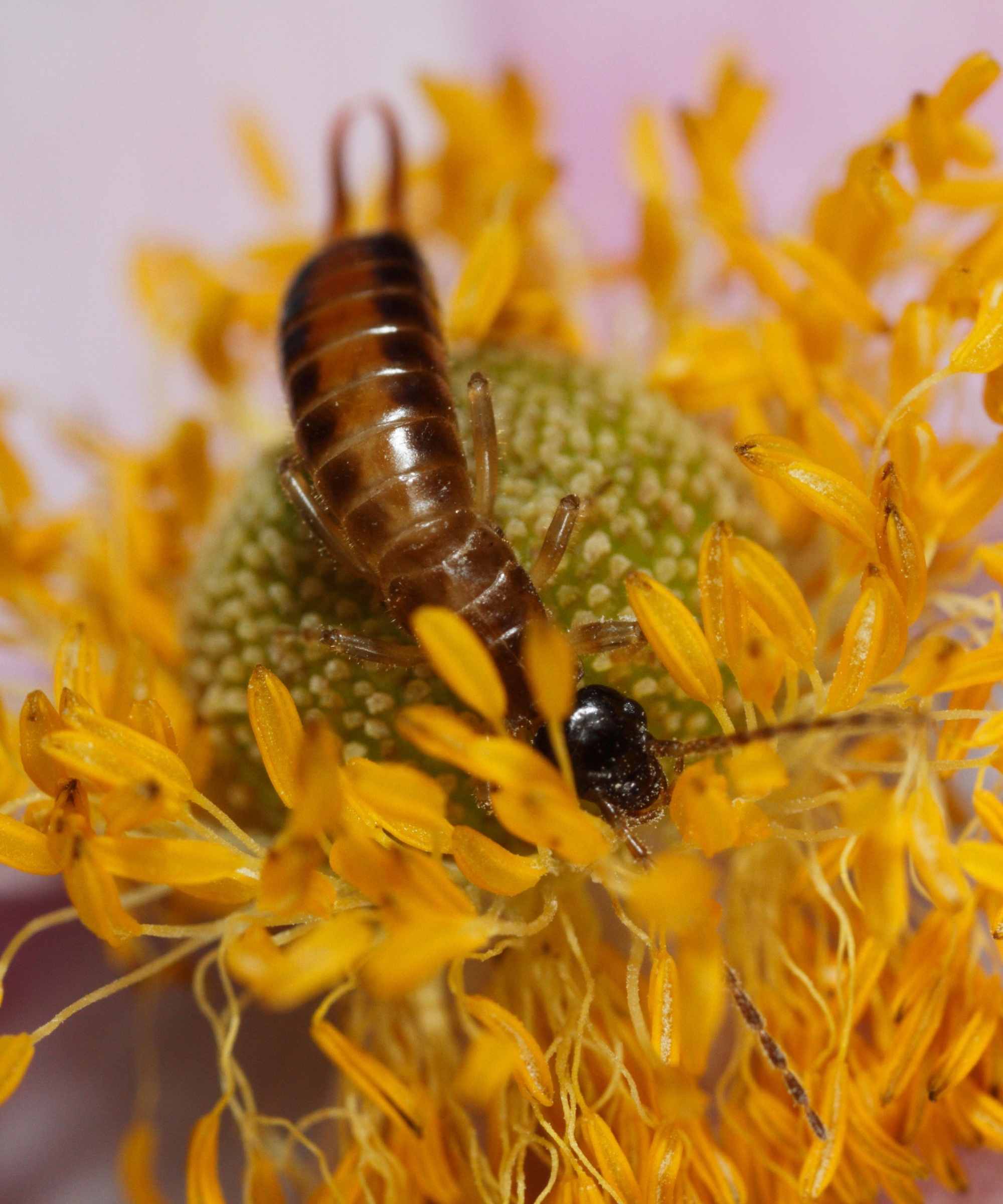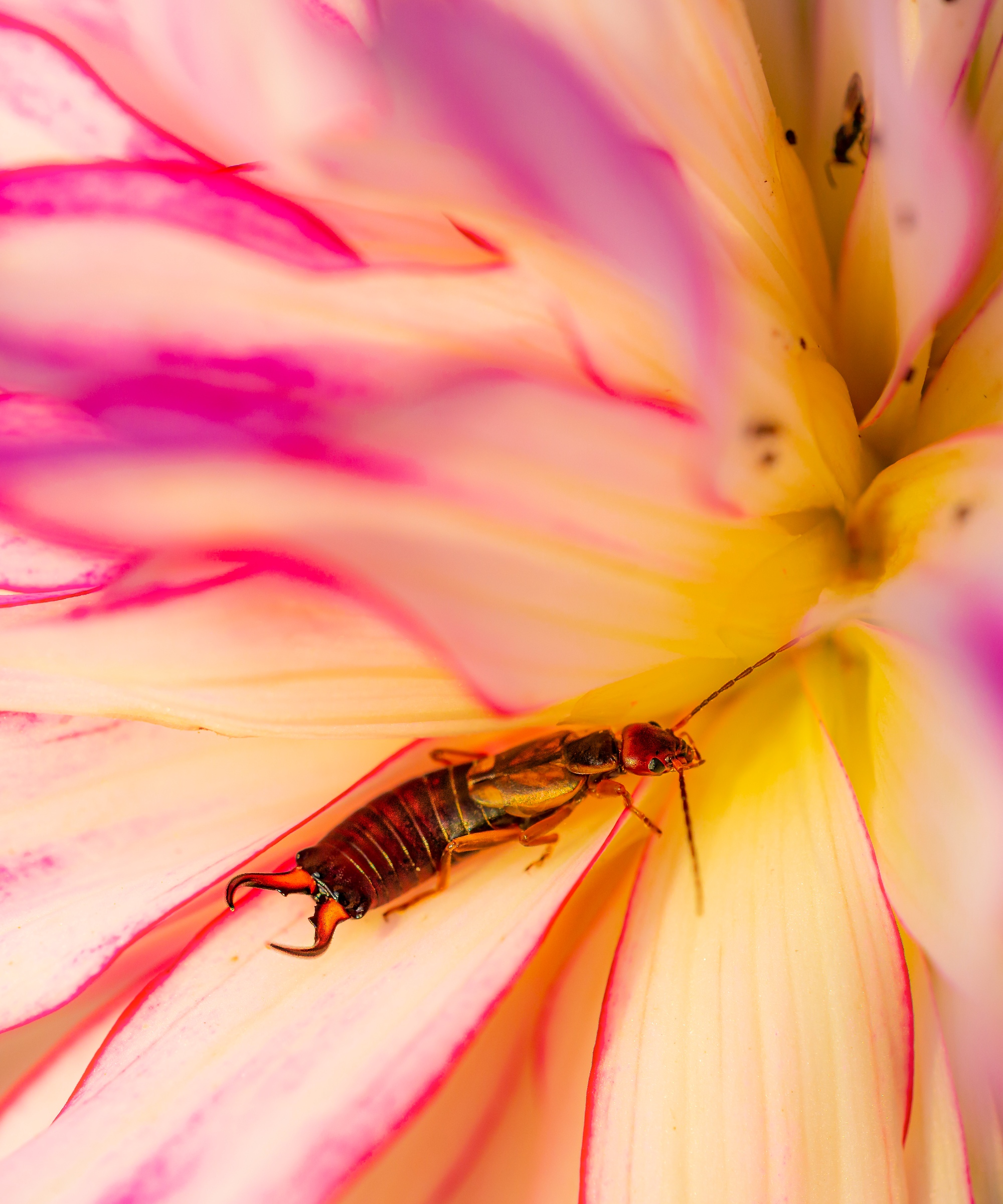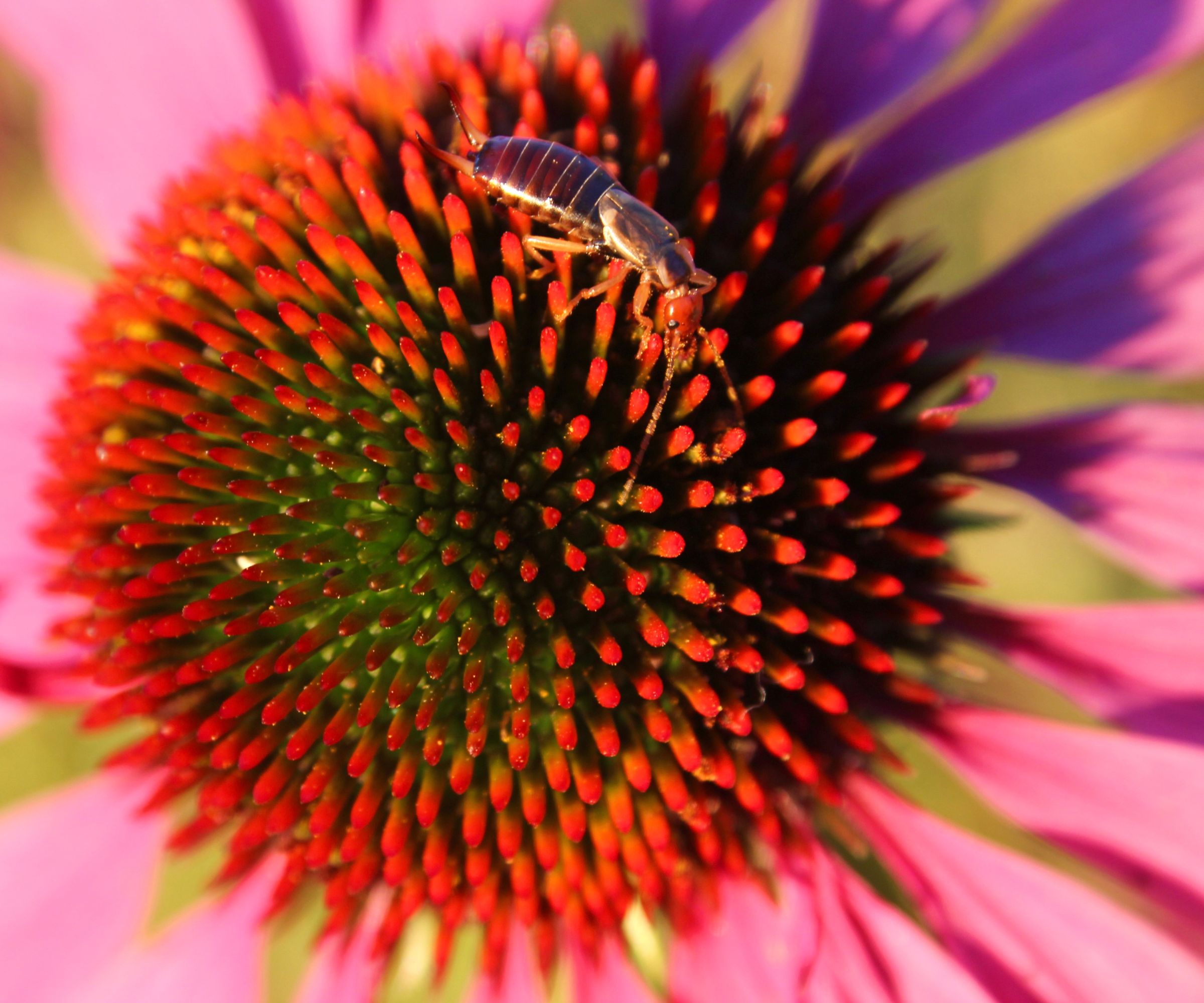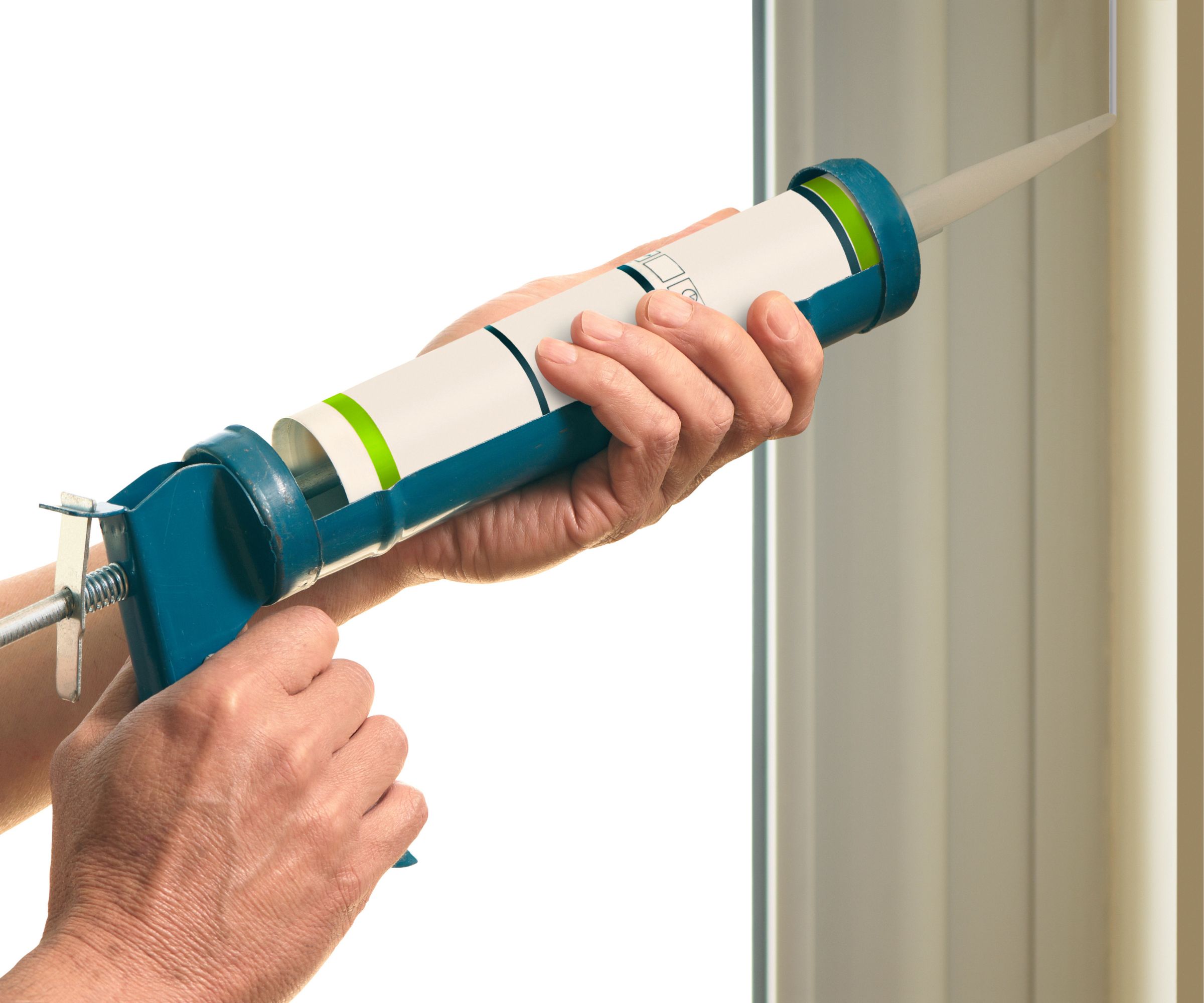
If you're looking for advice on how to get rid of earwigs, you've likely had an unsettling sighting of this pincher bug, as they're also known, in your home. While earwigs typically thrive outside, they are occasionally tempted inside by excess moisture and other attractants around a home.
Along with knowing how to get rid of earwigs in your yard, it is equally important to understand how you can keep them out of your house, too. These small burrowing insects can be identified by the pincers at the end of their abdomen – and although they may look deadly, they are completely harmless to humans. Regardless, they can be a nuisance in your home because of their presence and smell, and may even indicate a more significant problem, such as water damage or another pest infestation.
Here, pest experts advise how to get rid of earwigs in the home, including easy cleaning tips and prevention methods to help you banish this pest for good.
How to get rid of earwigs – effective tips for quick success
The key to banishing earwigs is understanding their behavior. Earwigs will come into your house looking for food and shelter, as nocturnal insects, earwigs seek out dark, damp places to hide during the day.
Earwigs thrive in moist environments and are drawn to food sources like rotting vegetation, fruits, plants and flowers, and even dead insects. If they are coming inside, it may be that conditions outside are unfavorable – perhaps it is very dry and hot – with conditions inside looking more inviting.
1. Vacuum all earwig activity

According to Megan Wede from Done Right Pest Solutions, the process begins with your vacuum cleaner. She recommends inspecting all affected areas before identifying the earwigs and vacuuming up all visible activity.
'Next, you'll want to shake down items. Earwigs like to hide, and they can do so in the strangest places, including household items, and furniture. Shake items out to dislodge any harboring earwigs. Vacuum those earwigs up too with an upholstery nozzle,' she instructs. Empty your vacuum cleaner straight into the outdoor trash.
2. Use a homemade bug spray

Mike Duncan, a manager at pest control company Truly Nolen recommends using a homemade bug spray and applying the liquid on areas where you have spotted earwig activity.
A simple soap and water solution in a spray bottle should do the trick without damaging your possessions, or a mix of rubbing alcohol, such as this from Amazon, and water will also kill them almost instantly.
If earwigs are infesting some of your best indoor plants, the good news is that diluted rubbing alcohol or dish soap can be sprayed on plants (usually) without harming them, while effectively dealing with your pest problem. If you are unsure if doing this will damage the plant, you can spot-treat a small area before spraying the rest.
3. Apply diatomaceous earth and boric acid to infested areas

Food-grade diatomaceous earth (DE) can be spread around the perimeter of your home – or anywhere the earwigs are – to create a natural barrier to keep them away. DE works by absorbing the waxy protective layer of an earwig's exoskeleton, causing them to desiccate and die.
Boric acid is equally as powerful in your fight against earwigs. Mike Duncan recommends carefully applying the acid to any cracks where you notice pest activity. 'Earwigs will hide in cracks and crevices where there is high moisture. Often, this can be in kitchen and bathroom areas or in gaps at the baseboards.'
These non-toxic powders can then be vacuumed up when you are sure the infestation has been completely eliminated.
4. Be tactical with lighting

It's important to bear in mind the impact light has on many pests when determining the attractants drawing them to your space – your lighting might be attracting mosquitos too – and establishing possible baits for your pest control methods.
Bob Gilbert, a board-certified Entomologist at Blue Sky Pest Control explains: 'Many species of earwigs can fly. They have small, leathery front wings under which their larger flight wings are folded up and stored for protection. These same species of earwigs are also attracted to lights at night. The result can sometimes be a build-up of these insects around the home. By turning off or otherwise limiting the use of exterior lighting, the number of earwigs attracted to the home can be reduced. Another option would be to change the type of bulb to a less attractive color bulb such as warm-colored LEDs.'
You can also be tactical with your lighting ideas to get rid of any earwigs already in your home. Matthew Wilson recommends: 'Install bright light traps to lure and capture earwigs at night. Place a bright light source, such as a lamp or flashlight, near a shallow container filled with soapy water. Earwigs are attracted to light and will tumble into the soapy water, where they will not be able to get out.' You can use these fly killer lamps from Amazon.
5. Create barriers

In addition to using products like boric acid and DE, many organic and synthetic pesticides can prevent earwigs from entering your home or anywhere else they may be drawn to.
Gardening expert at Simplify Gardening, Tony O'Neill advises: 'Spray a mixture of water and a few drops of essential oils such as lavender, tea tree, or eucalyptus around affected areas. The strong scent of these oils repels earwigs.'
'Use sticky traps, like these ones from Amazon, or barriers around the base of plants and along entry points to your home. Sticky tape or commercial sticky traps can prevent earwigs from reaching their target areas.'
'Perimeter treatments around the exterior of your home will help control earwigs,' recommends Bob Gilbert. 'Natural choice or synthetic sprays can be used. Follow the label for directions. Granular baits such as those used for crickets or cockroaches can be judiciously applied to the yard where earwigs have been found, such as gardens, flower beds, and lawns. Earwigs will readily feed on such baits, and they work well to control the population.' You can use this Spectracide insect killer, from Walmart.
6. Eliminate excess moisture

After removing the earwigs, Megan Wede suggests being meticulous about eliminating any moisture sources inside and outside the home to prevent any from returning.
'Earwigs love damp areas, so if you've ever had a pipe leak in a wall void, this is a perfect condition for earwig populations to grow,' she says. 'Be on the lookout for any warping or bulging siding, as it means there has been water damage within that wall. Be sure to remove that source of harborage condition, such as fixing a leaky basement wall.'
Seal any leaky faucets, pipes, or cracks and crevices in the foundation, and inspect window and door seals, door sweeps, and screens for damage and repair or replace as needed. Get professionals to fix any roof damage, and make sure gutters are flowing properly and away from your home's foundation.
Inside, install dehumidifiers in problem areas to reduce your home's humidity and help dry up excess moisture. This should create unfavorable conditions for earwigs that will deter them from your home. So, if you're looking for an excuse to pick up one of the best dehumidifiers on the market, this is expertly recommended.
7. Remove food sources

'Be aware of the food that might attract earwigs by keeping your floors clean and taking your trash out often,' advises Brett Bennett, director of operations, PURCOR Pest Solutions.
We explore how best to clean a kitchen in our dedicated guide.
8. Seal up entry points

'Check for entry points that earwigs can use to gain access to your home,' recommends Bob Gilbert. 'Earwigs will enter homes and other structures if given the chance and conditions inside are favorable.'
Check your home's exterior and seal up cracks, gaps, or openings that might be used by earwigs to gain entry. Use caulk or weatherstripping to seal gaps around windows, doors, vents, and utility lines to close off entry points for earwigs indoors.
FAQs
Why do I suddenly have earwigs in my house?
'Earwigs will likely venture into your home if they can find a good source of food or shelter,' explains Mike Duncan. 'They feed on decaying plant and animal matter live in damp areas and tend to hide during the daytime under leaf and mulch material around a home.
'If they are invading the interior of the home, it generally means that the environment has changed. This could be the high temperatures and low rainfall or too much rain that drives them inward.'
How to repel earwigs naturally?
Like many other insects, earwigs don't like strong scents and you can harness this knowledge, in the same way you might in getting rid of mosquitoes, by using some nice-smelling scents garden pests hate throughout your home.
You can use the following scents to help keep them away:
- White vinegar
- Peppermint oil
- Eucalyptus oil
- Rosemary oil
- Clove oil
- Lavender oil
- Lemon
- Basil
- Cinnamon
How can you remove earwigs from your home without killing them?
If you are looking for a non-harmful way to remove earwigs from your home without killing them (which we always recommend although it can be more hassle), instead of vacuuming them, gardening expert, Tony O'Neill, from Simplify Gardening, recommends: 'Create simple traps using damp rolled-up newspapers, cardboard tubes, or shallow containers filled with vegetable oil which can trap but is too shallow to drown earwigs. Place these traps in areas where earwigs are active. Check and replace the traps daily, disposing of the captured earwigs away from your home.'
Can earwigs be beneficial?
Whether it’s a good idea to banish earwigs isn’t as clear cut as the question of getting rid of fruit flies. John Melchior from Kapture Pest Control urges you to pause and decide whether you want to get rid of earwigs from your home. While this may seem like an easy answer, he explains that the creature does come with its benefits, especially if you're looking to preserve your best indoor plants.
'I tell my clients that a single earwig sighting in the home isn't necessarily a reason to panic. These bugs are beneficial in some ways,' he says. 'They eat other insects that feed on plants in the house or garden and nestle inside some perennial flowers to munch on dead bugs and pollen. If you see an earwig in the house, it could have ridden in on some cut flowers.'
To prevent future earwig infestations, maintain a clean and dry environment around your home and garden. Seal cracks and gaps in your home's foundation, windows, and doors to prevent earwigs from entering. Regularly inspect and address any moisture issues, such as leaky faucets or poor drainage.
If things aren't working, don't be shy about asking pest control experts for backup.







